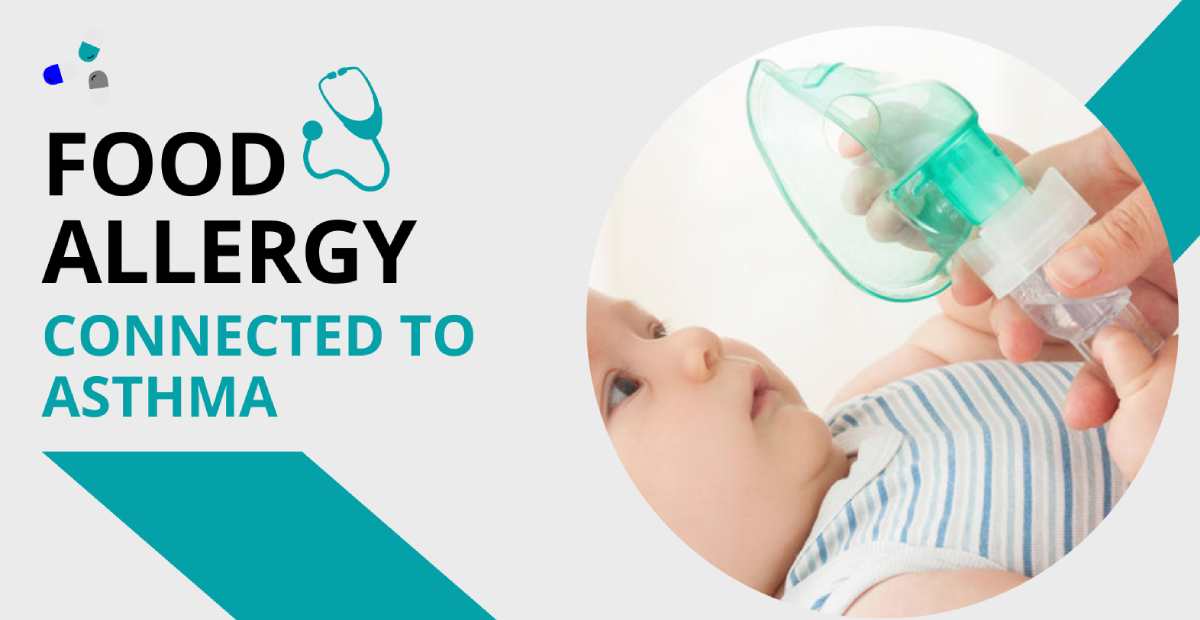Scientists have found a critical association between baby food sensitivities and the improvement of asthma, as well as decreased lung capability in later youth. This finding accentuates the significance of medical services experts being cautious in checking the respiratory soundness of kids with early food sensitivities.
The review, driven by the Murdoch Kids’ Exploration Organization (MCRI) in Melbourne, Australia, involved 5,276 youngsters from the HealthNuts study. This study is a world-initial longitudinal examination concerning what early-life sensitivities mean for youngsters’ well-being and prosperity into pre-adulthood.
Youth food sensitivities have turned into a developing concern, particularly in Australia, which has one of the greatest places of experience growing up food sensitivity universally, influencing more than 10% of newborn children. In the US, the Place for Infectious Prevention and Counteraction (CDC) reports that one out of 13 kids has food sensitivity. These sensitivities trigger the body’s invulnerable framework to blow up to specific food sources, prompting possibly serious and dangerous hypersensitive responses.
The review included one-year-old members who went through skin prick testing for four food allergens (egg, nut, sesame, and either shrimp or cow’s milk) and an oral food challenge (OFC) for egg, nut, and sesame. The OFC involved bit by bit taking care of the allergen in limited quantities north of a few hours. Assuming the youngster responded to the food during the OFC, the outcome was positive, demonstrating sensitivity to that food. Similar wording was utilized for skin prick allergen tests, which were acted in a medical clinic setting. Guardians finished a survey about their kid’s sensitivity history, segment qualities, and ecological openings.
At age six, the kids had a subsequent well-being evaluation, which included skin prick testing for 10 food sources (milk, egg, nut, wheat, sesame, soy, shrimp, cashew, almond, and hazelnut) and eight aeroallergens (parasites Alternaria and Cladosporium, dust bug, feline and canine hair, Bermuda grass, rye grass, and birch blend). The evaluation additionally included OFC and lung capability tests. Guardians finished a poll about their kid’s sensitivity and respiratory history and socioeconomics.
The lung capability testing evaluated constrained expiratory volume (how much air an individual can drive out of their lungs in a single second), constrained crucial limit (the most extreme measure of air breathed out in the wake of taking the most profound breath conceivable), and responsiveness to bronchodilators, drugs used to open choked aviation routes in asthmatics. These tests are viewed as dependable proportions of lung capability and can assist with recognizing respiratory circumstances like asthma.
Out of the 5,276 kids in the review, 3,233 finished the well-being evaluation at age six and were remembered for the examination. The scientists viewed that 13.7% of the youngsters had been determined to have asthma by age six. Babies with food sensitivity were almost multiple times bound to foster asthma at six contrasted with kids without sensitivities. The effect was most critical in kids whose food sensitivity continued until age six, rather than the people who grew out of their sensitivity. Furthermore, kids with food sensitivity were bound to have diminished lung capability.
In light of their discoveries, the scientists presumed that food sensitivity in the earliest stages, regardless of whether grown out, was connected to more unfortunate respiratory well-being in kids. The lead creator of the review, Rachel Peters, communicated worry over the relationship, as decreased lung development in adolescence can prompt medical issues in adulthood, including respiratory and heart conditions.
The analysts proposed possible purposes behind this connection. They made sense of that lung improvement is connected with a kid’s level and weight, and youngsters with food sensitivities might be more limited and lighter contrasted with their companions without sensitivities. This could make sense of the association between food sensitivity and lung capability. Moreover, comparative safe reactions are associated with the advancement of both food sensitivity and asthma.
The scientists accept that their discoveries could assist medical services experts with customizing patient consideration and energize expanded cautiousness in checking the respiratory soundness of youngsters with food sensitivities since the beginning.
The review, which showed up in the diary The Lancet Kid and Young Adult well-being, highlights the significance of the early discovery and the board of food sensitivity to advance better respiratory well-being in youngsters.

